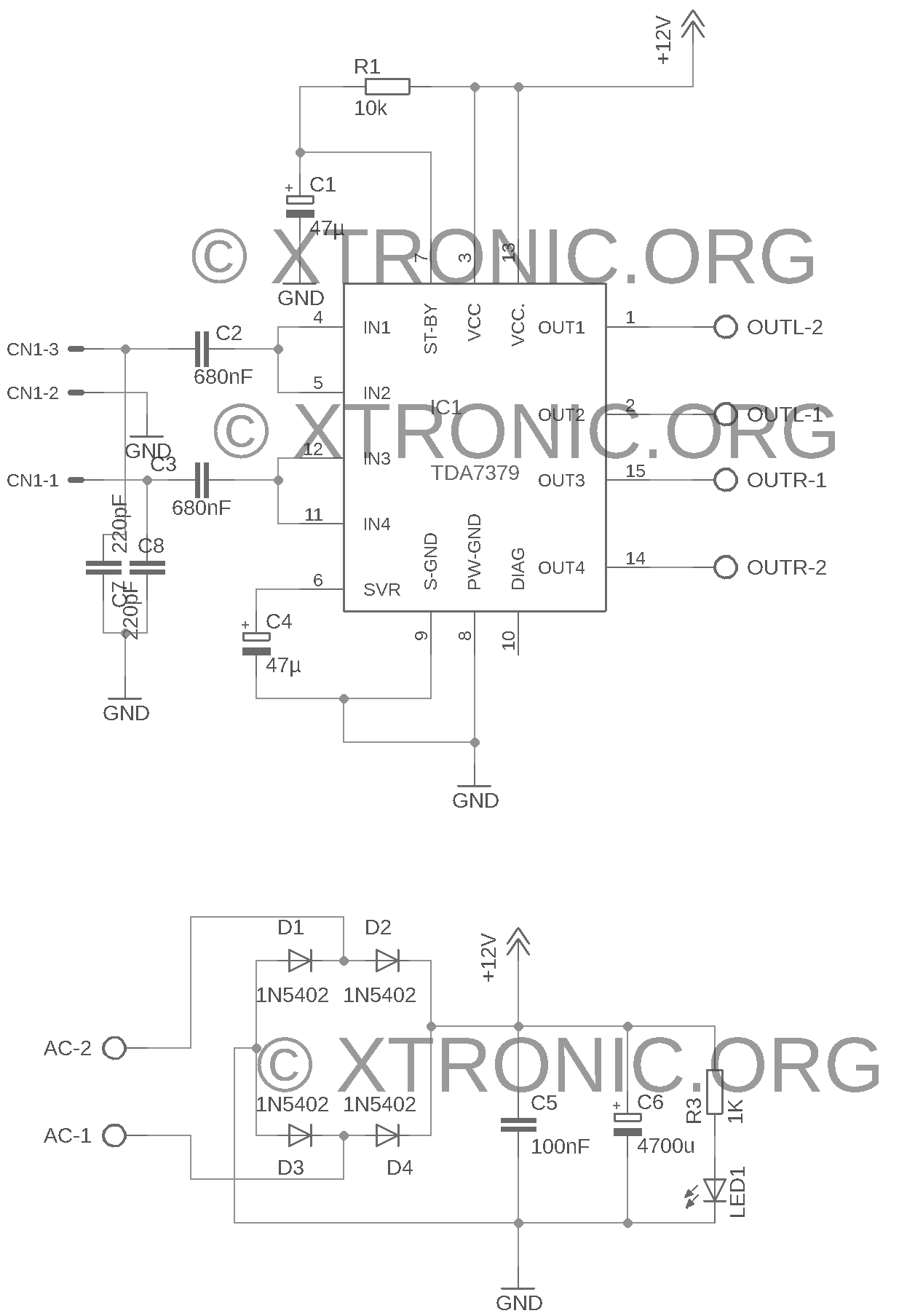Buku Persamaan Ic Dan Transistor Tester Diagram
Recently I received a comment from Mr. Simran, one of our reader regarding. He said he ran into some faults while setting up the circuit. I suggested that the problem is most probably due to troubles in transistor. After two days he replied back saying he has problem with transistor. Most of the electronics hobbyists face such difficulties.
More Buku Persamaan Ic Dan Transistor Tester images. The CA3161E is a monolithic integrated circuit that performs the BCD. Rangkaian Pengusir Tikus Elektronik adalah sebuah oscilator yang mengeluarkan gelombang ultrasonic pada kisaran frekuensi 20 – 40 KHz.
Faulty components drive us crazy and make us hate electronics hobby circuits. How to test a transistor in circuit?
You might be knowing how to test transistor using digital Multimeter, but this conventional method is always time consuming and only more skilled persons can do this with Multimeter. By considering these matters, I planned to give a Simple transistor tester circuit using IC 555 for hobbyists in order to test their transistor is working or not. Kill list dlya sampa youtube. This Transistor Tester circuit is built around two 555 timers and will help you to identify faulty transistor easily with transistor tester circuit led flasher.
Circuit is capable of testing both NPN as well as PNP transistors and shows whether the transistor is good, open or shorted with the help of two LEDs. So let’s start building our in circuit transistor tester kit. Circuit Diagram of Transistor Tester Click on the circuit for enlarged view Components Required • 555 Timer IC x 2 • Resistors (1kΩx3; 10kΩx2; 120Ω; 330Ωx2) • Potentiometers (10k; 47k; 1M) • Capacitors (0.01µF) • Electrolytic Capacitors (22µF,16V; 10µF,16V) • Button Switch x 2 • DPDT Switch x 1 • LED x 2 NB: Instead of RV3 (1MΩ Pot) you can use 1MΩ resistor Transistor Tester Circuit Analysis and Working • The circuit includes two NE555 timer ICs, one (U1) is configured as Mode and the other (IC2) wired as mode.

• The combined operation of Astable and Monostable provides this awesome transistor tester circuit. Transistor tester circuit logic is given below as a block diagram. • The time period of the Astable multivibrator is calculated by using our and it is found to be approx.
• Output of Astable drives the base of NPN/PNP transistor under test with the help of DPDT switch. (A typical DPDT switch is shown below). • This DPDT switch chooses the transistor to be tested, we cannot test both NPN and PNP simultaneously. Only one, either NPN or PNP at a time. • The push button switch SW triggers Monostable multivibrator (IC2). • The time period of this Monostable can be calculated using our, and it is set to 10 seconds approx. For quick reference, Output LED status for each transistor is given in the following table.
Transistor Tester Circuit NPN Operation Now let’s see how to test an NPN transistor using this circuit. Place NPN transistor at the specified area in the circuit, then slide the DPDT switch towards NPN section to activate NPN testing. To start the test, please trigger the Monostable by pushing the button SW.

Case 1: Good NPN transistor (Keep pressing trigger button SW) • If the LED 1 and LED 2 start flickering, the transistor is OK and working fine. Because the collector of NPN transistor is connected to Reset pin (Pin 4) of IC2. • Here our, if the transistor is OK, it will allow inverted output of Astable to pass to Monostable. • Since we keep triggering the output of IC2 blinks with period of 0.5 seconds. • A good transistor working animation according to base voltage is shown below. Case 2: Collector-Emitter junction is short (Just apply single trigger) • If LED 1 remains ON and LED 2 remains OFF, the transistor is having shorted collector-Emitter junction. • If the transistor is with Collector-Emitter junction shorted, the Reset pin of Monostable (Pin 4) always get 0V (Ground Potential).
Pcmscan 2412 rusifikator. So it remains OFF. • Thus even if you trigger the Monostable, LED 1 remains glowing and LED 2 remains OFF. • An NPN transistor with Shorted collector-Emitter junction is shown below. Case 3: Collector-Emitter junction is open (Just apply single trigger) • Once you have triggered, if LED 1 is OFF for 10 sec and LED 2 ON for 10 sec, the transistor is having opened collector-Emitter junction. • If the transistor is with Collector-Emitter junction opened, the Reset pin of Monostable (Pin 4) always get 5V (Vcc Potential). So Monostable works as normal.
• Thus for the trigger, LED 1 OFF and LED 2 ON for the duration of 10 seconds. • An NPN transistor with Opened collector-Emitter junction is as shown in below figure.
Transistor Tester Circuit PNP Operation Now let’s see how to test a PNP transistor using this circuit. Place PNP transistor at the stated position in the circuit, then slide the DPDT switch towards PNP section to activate PNP testing. To start the test, please trigger the Monostable by pushing the button SW.